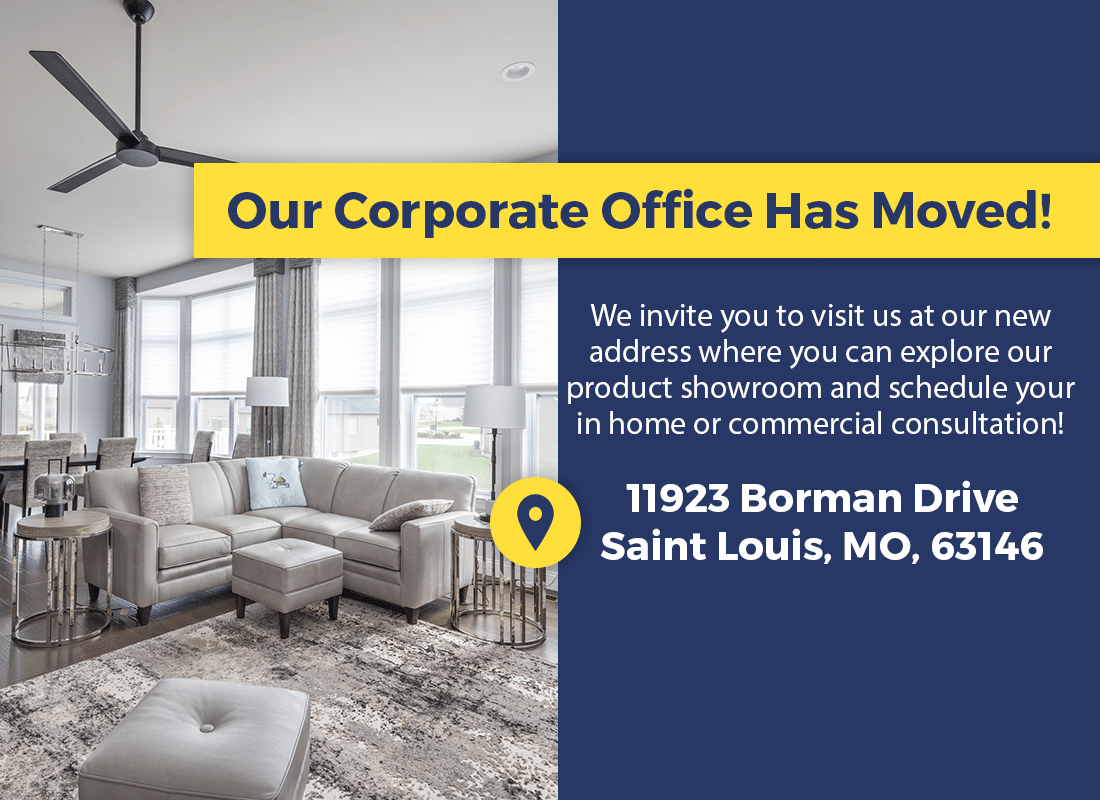50th Anniversary
CELEBRATING THE PAST, PRESENT, AND FUTURE OF SUNSHINE DRAPERY: A Look Back at all the Good Times with Great People
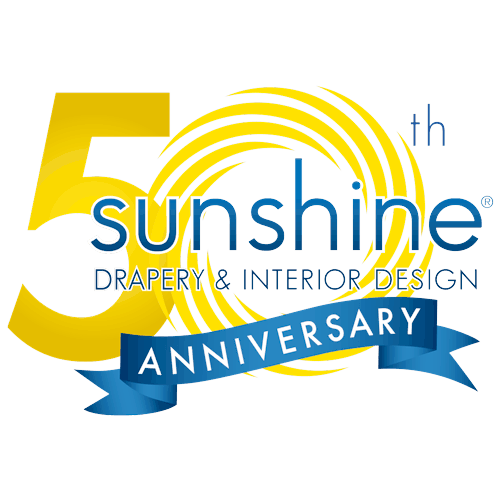

“90s Selfie”
Diane (Sunshine Designer), Christopher Lowell (TV Celebrity, Interior Designer), Linda (Sunshine Designer). Diane is still with us, and Linda is retired but still takes calls on request.
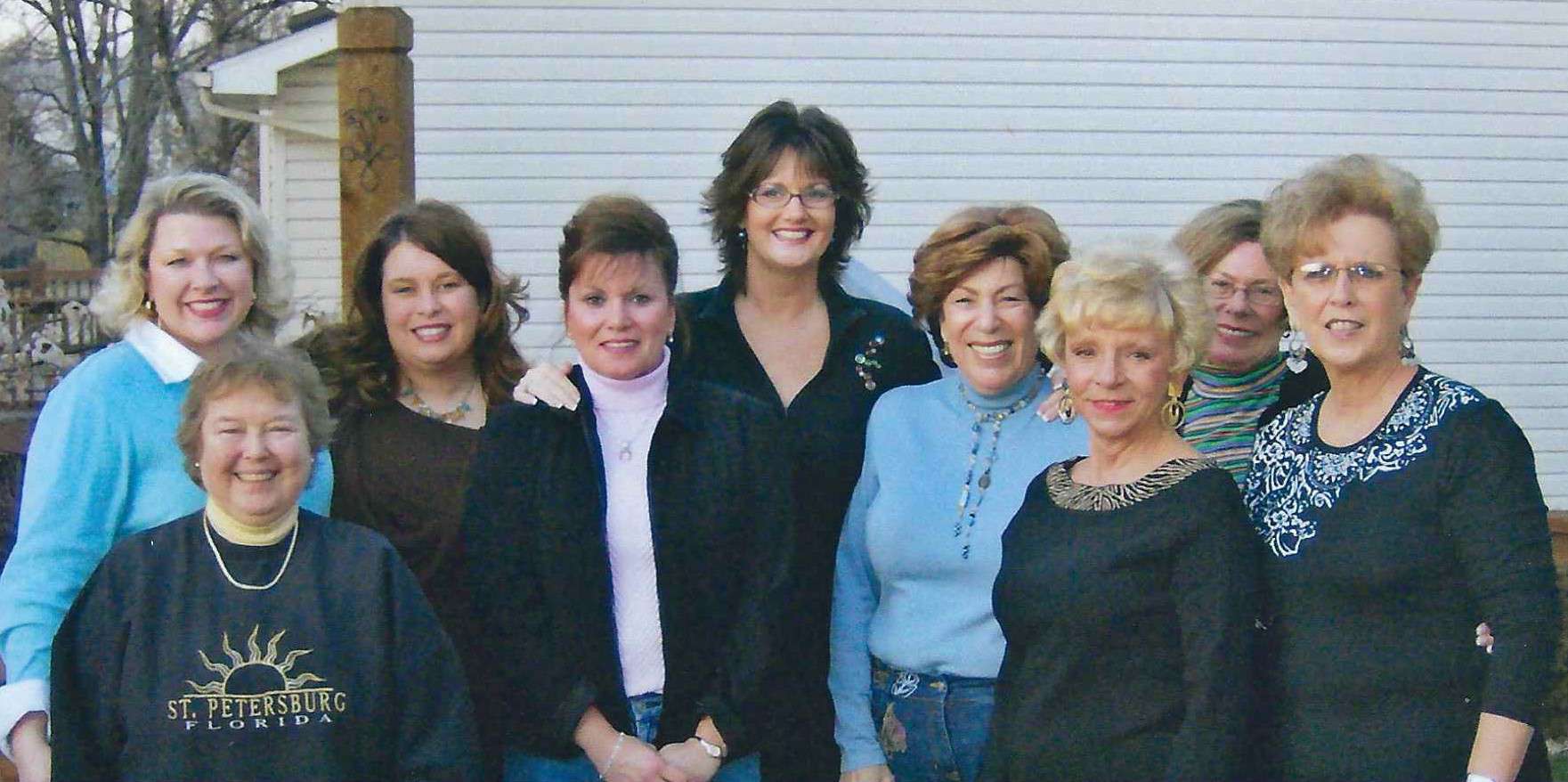
“Girls Just Wanna Have Fun”
Here’s a great pic of a few of our lady employees hanging out together at someone’s house. Nice hair!
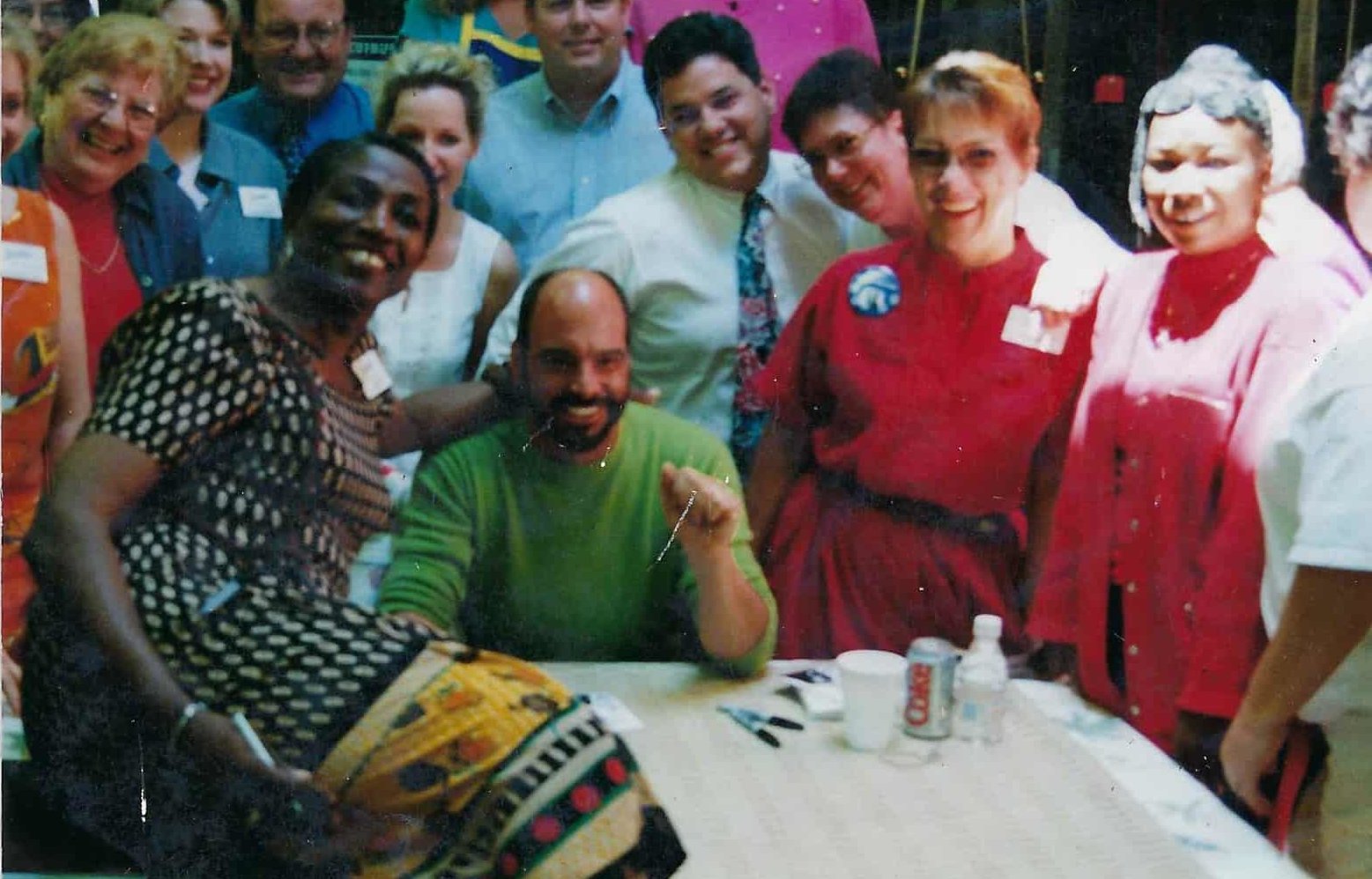
“Definitely Not a Bored Room Meeting”
Christopher Lowell chatting it up with some very happy employees. Design hard, play hard.
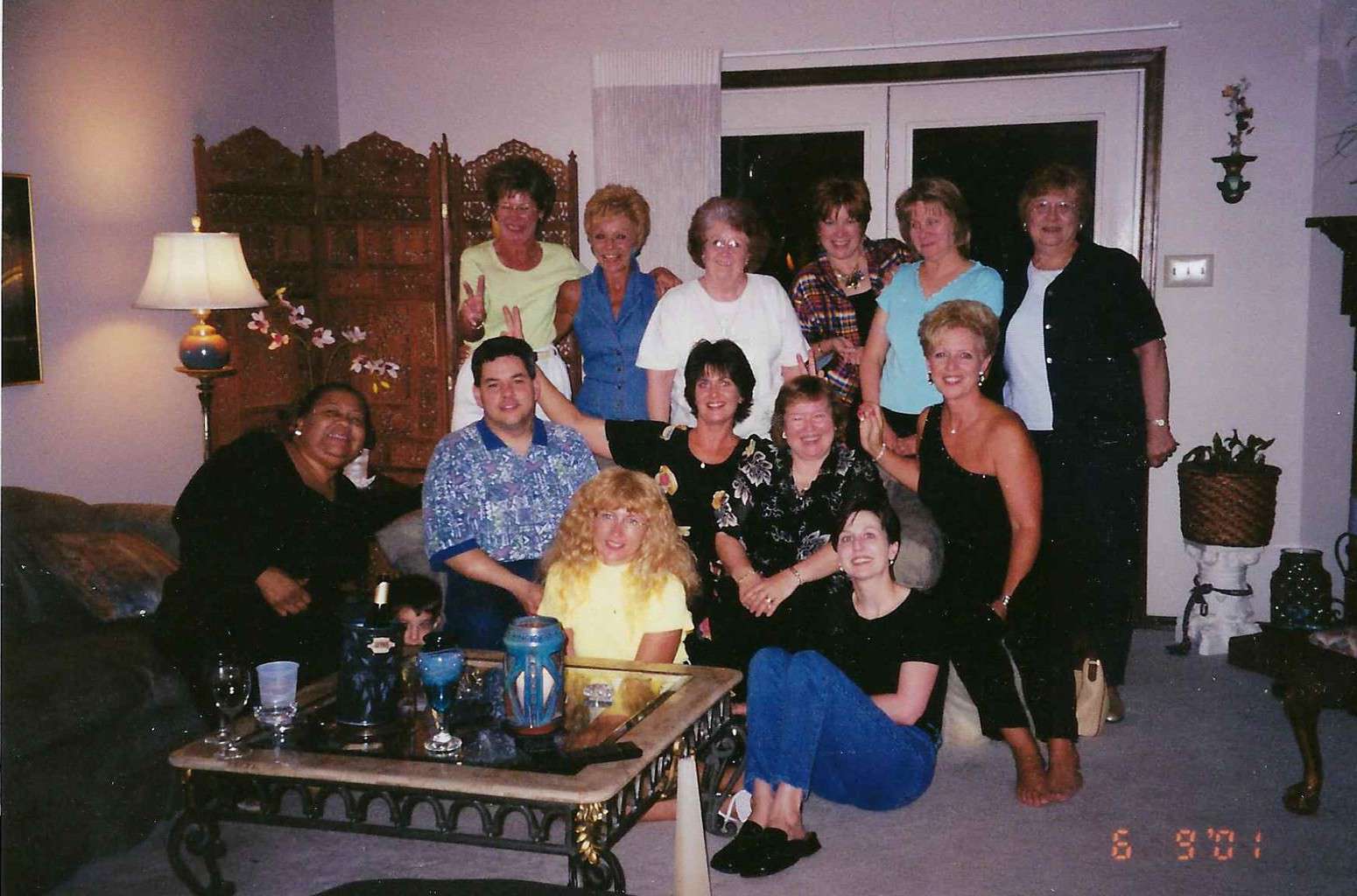
“Employees or Family?”
Both. It wasn’t back then and isn’t uncommon now for the Sunshine family to hang out “just because”.
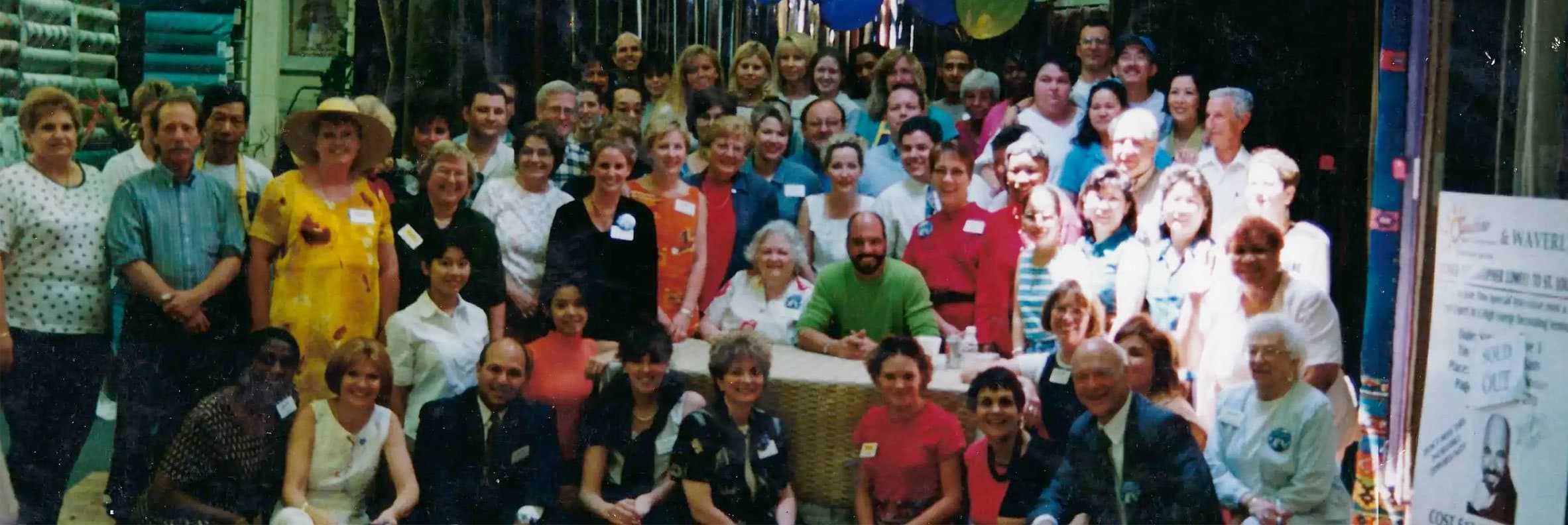
“The Gang”
Back in the 90s we rented out the Westport Playhouse where Christopher Lowell graciously gave an amazing presentation. Christopher Lowell is an interior designer and television personality. He is best known for hosting the television shows Interior Motives and The Christopher Lowell Show. He won a Daytime Emmy Award in 2000 for his work on the latter program.The event was completely sold out and all the proceeds went to a local charity. This picture shows the entire gang who helped put it all together.
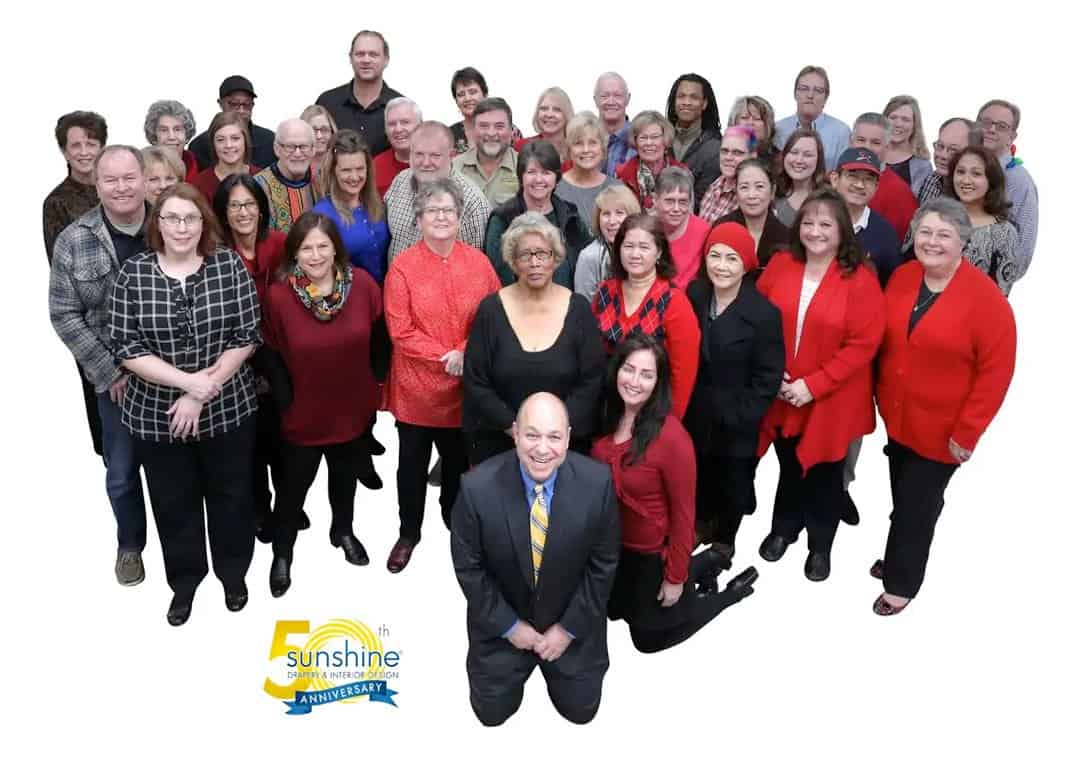
2019 Sushine Drapery Team
https://youtube.com/watch?v=NrIpV0n1fB4%3Fstart%3D1
Here’s a sneak peek into all the happenings in our Design Workroom.
Sunshine Drapery Celebrates 50th Anniversary
Press Release
READ
PRESS RELEASE
Best of Houzz 2019 Award
Press Release
READ
PRESS RELEASE
Then / Now
Draperies
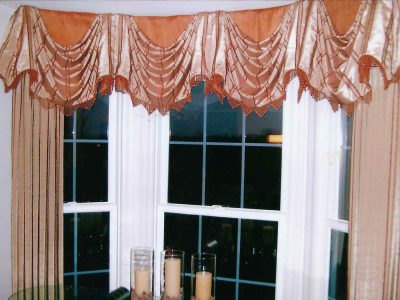
Then
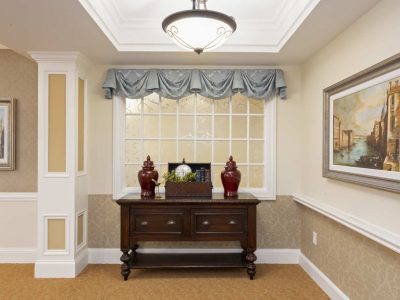
Now
![]()
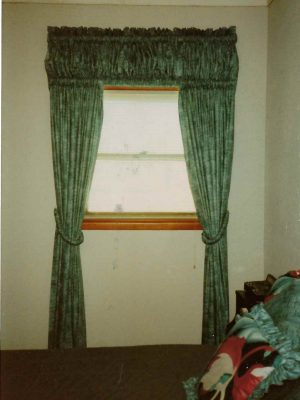
Then
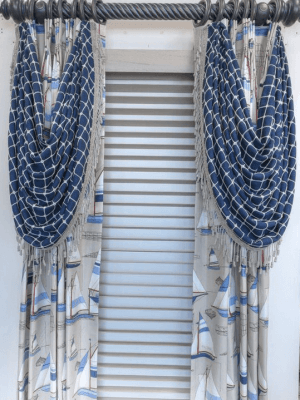
Now
![]()
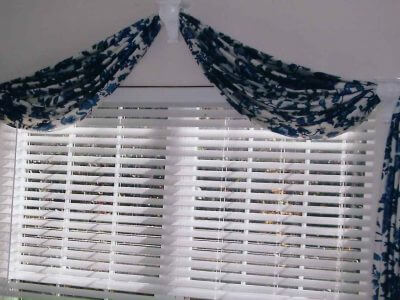
Then
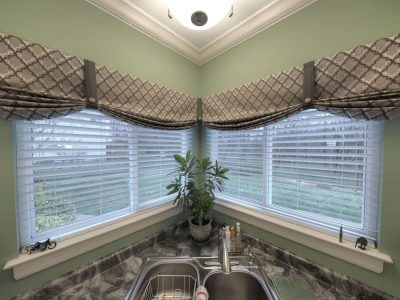
Now
![]()
The History of Us
The Design and Technology Trends That Shaped our Business
In terms of fabrics, in 1969 the fabric of choice was Antique satin, a sub based solid color material that had many color variations. In the 80’s and 90’s, materials started to expand and Moire became popular. This was a polyester water stain look. Heat transfer prints became popular too. In 1969, most if not all of the fabrics were produced in mills in the United States. Today, not many American mills still exist as imports have taken over the majority in this industry. Today, there are so many styles and types of fabrics available. Cotton based fabric lies very well in making draperies. Silk and silk knock offs in polyester also serve their purposes but like anything, these fabrics are only to be used in certain applications. Colors also have come in and out and then back in again.
Drapery Styles
Draperies, like fabrics, styles have evolved. In 1969, most customers were ordering full drapery panels that opened and closed. Sheers were the first layer and then the heavier solid fabrics of drapery panels opening and closing. Layering became very popular too. Customers who wanted the full look, would then add a swag or some type of valance over. Swags and Jabots were very popular in the early days. They continued into the 90’s and still are requested but not nearly as much. One employee said to me just the other day that we had three seamstresses working full time making swags and jabots in our workroom. Today. we produce a few a week. Today, we still make draperies that open and close, but like swags, not as many. In favor today is a more simple look of what are called side panels. This is drapery that hangs on the side of the windows and keeps the openness. For privacy, customers who need it usually opt for a privacy treatment in a blind or shade option. These panels are put on beautiful hardware as the hardware is now visibly seen running across the window since side panels just cover the sides. In the early days, most opening and closing draperies were put on a standard white traversing rod with carriers. With full draperies, there was not as great of a need for showing off hardware and hence why “white goods “ were used. In terms of layers and valances, the operative word here is valances. While swags and jabots were the king, valances today come in so many variations . What we see with valances in homes when used are ones that are really simple and not overly heavy. Swags, Austrian and balloon valances are heavy and laden with fabric. Today, valances more of a simplistic nature are in favor and use less “gobs” of fabric. One valance of sort that has consistently been in favor since day one and continues today is the upholstered cornice. The upholstered cornice is simply a wood board and cut out with various designs and covered with a batting and then the fabric. The fabric is stretched onto the board and requires very little fabric. The upholstered cornice is versatile and can be used in practically any room.
Drapery Hardware
Today, drapery hardware is as important if not more important than the treatment itself. Drapery hardware and drapery treatments should be considered like furniture for the windows. The hardware industry has upped its game with so many styles and variations today. Metals, wood, wrought iron…different colors….nickel, brass, etc..different size poles…1 3/8…2 inch..3 inch
Blinds, Shades, Shutters in Time
Blinds/shades and shutters…commonly referred to in our industry as hard treatments. This overall category has simply exploded over the years. In the late 70’s and 80’s, 1 inch horizontal mini blinds were the craze. They we manufactured and put up in many household. Levolor Corporation was the big player in this category and today and did such a great job marketing and selling this that customers today when purchasing new often say. I am interested in new Levolor blinds”. The customer today is not necessarily talking about mini blinds and simply using the terminology/name because this is what they remember!! Prior to mini blinds in the 60’s, the Natural shade or also known as the woven wood was very popular. It fell out of favor for a while, but like many things in decorating, it has made a come back in the last 10 years. Today with Natural shades, we see all sorts of colors and styles never previously seen. As the mini blind craze was in full throttle, the industry started evolving with more choices. Wood 2 inch blinds became the rage in the 90’s and today this market continues to thrive. The only difference today is that most customers favor the wood “look a like” also called a faux wood blind. The pleated shade gave way to the cellular shade also known to some as the accordian shade. Today, the cellular shade continues to be one of the more popular choice to cover windows. This product is known well for energy efficiency for both cold and hot. White and off white still are the most predominant, but today manufacturers offer so many colors and patters as well as an array of pleat sizes. 3/8 inch was the first cell size and today consumers get to choose form ½, double cell , room darkening and so many other options. Shutters or sometimes referred to plantation shutters is the more expensive look and one that most consumers today shoot for in many homes. They first explodes in the East and west coast years ago and since have moved well into the heartland of the USA. Today, shutters are the number one volume in terms of sales dollars for our company. Last, the hard treatment industry has just exploded with what I will call alternative products. Hunter Douglas is a major supplier and they have driven the market in this area. In the 80’s, they came out with the famous product, the silhouette…a sheer with floating vanes. Where customers would once use drapery sheers and draperies, the silhouette became a different alternative. Simple vinyl roller shades in the 60’s and 70’s like woven woods and mini blinds were also popular. Customer ordered these almost as much as mini blinds. Today, roller shades still exist but now the category has exploded with various fabrics and styles that add décor to any home. Screen shades are a similar category to roller and have also exploded. Once thought of just in commercial applications like a local St. Louis Bread Company, screens hades are very commonly used in homes and today is one of our biggest category sales right behind the shutter and cellular. Sliding glass doors were always originally covered with fabric verticals. The fabric came out of favor and moved to the PVC (poly vinyl) in the 80’s as it was easier to clean and had a lot of colors and textures. Fabric verticals are pretty well extinct today as PVC is still an option. However, as the market has as said before exploded with alternative products, this lies true in the vertical arena. Today, verticals can be made out of cellular shades as well as that sheer material from Hunter for their product called the Luminette. Even the Natural /woven shade is made into a vertical application by a company out of Chicago named Horizons.
How Technology has Affected the Window Covering Industry and Sunshine Drapery
I’m sure one has heard people say that technology is great when it works and when it does not, it hurts. I have to think this is true in any business. Technology affects us in so many ways..here are a few and how they have changed the industry.
SEO – otherwise known as search engine optimization. Most customers utilize google as they dominate the industry. Customers can find out specific detail of window covering products and at times, their research into one or two areas actually makes the consumer extremely knowledgeable. With a few clicks, there is a wealth of knowledge out there and it honestly has forced companies who sell window coverings to “be on their toes” and up to date on product knowledge. SEO of course has brought out the absolute need for a web site. Plus a web site that is easy to navigate and shows well. Companies like Sunshine need to rank high in SEO search and much of marketing budgets today go into this are of digital. In 1969 when we first started, there was of course no internet.
In fact, we did not even have colored photos. Decorators had to sketch ideas to show customers. Before the internet really took off, we switched from black and white and sketched to making albums of colored photos for the decorators. Today, there is no need for a photo album!!! Photos are taken digitally and stored into a drop box. Decorators used to lug around thick price books with formulas to figure yardage and price. Today, this is gone and all in the cloud. Today, our decorators use ipads and rely solely on this to present to customers. Technology has also brought out the likes of Pinterest and Houzz…places for customers to see ideas and get inspired.
Reviews – The BBB is still a viable place for customers to see how a company is rated even if the company is not a registered member. Sunshine proudly has an A plus rating with the BBB. With technology, consumers now can look on line for reviews. This can be good and bad as some consumers use this area in a way that it was not meant to be used. In other words, customers should give any company an opportunity to correct an issue if one arises no matter what business. Some customers just feel the need to use the review aspect as a means to “bully” and even threaten a company. Let me just say that this is not the majority of people. But it only takes a few people to put in accusations that may or may not be true.



